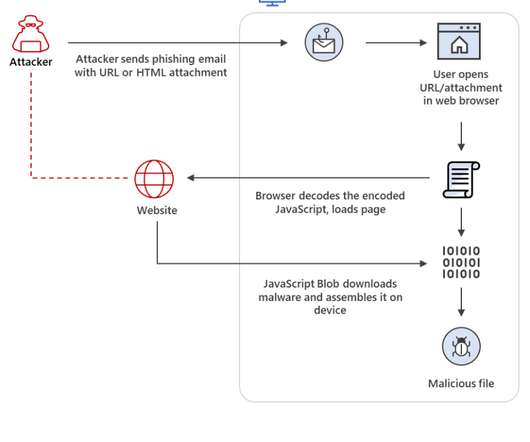How Steganography Allows Attackers to Evade Detection
eSecurity Planet
FEBRUARY 18, 2022
Steganography, derived from Greek words meaning “covered” and “writing,” has been used for centuries to hide secret messages inside regular documents. For example, hackers attacked Jeff Bezos, CEO of Amazon, with malicious code hidden in a media file and managed to gather confidential information.













Let's personalize your content